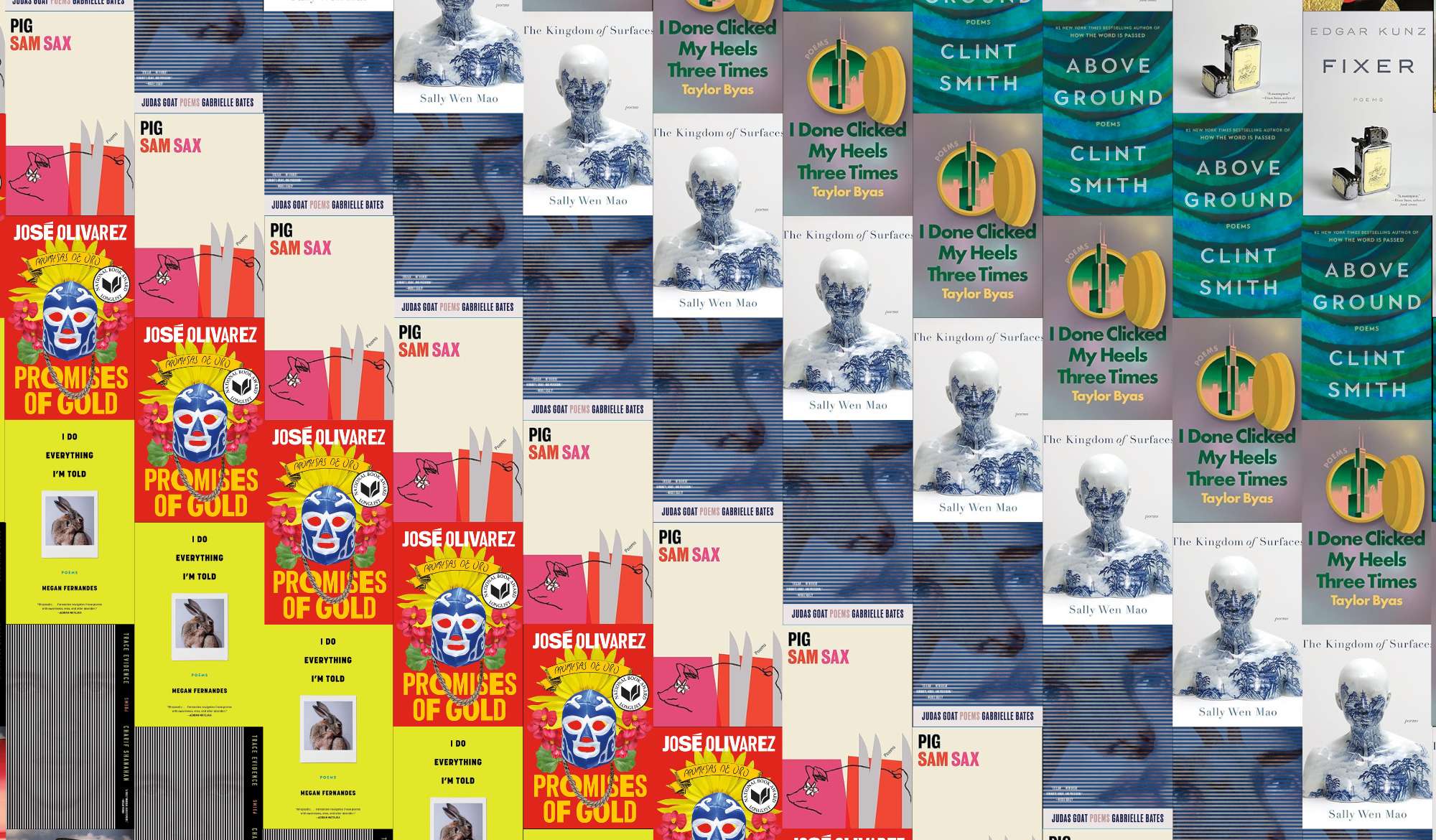Books & Culture
REVIEW: Our Secret Life in the Movies by Michael McGriff and J.M. Tyree

There’s an interesting conceit to Our Secret Life in the Movies: Michael McGriff and J. M. Tyree wrote this collection of short stories together as they worked their way through the Criterion Collection. The pair viewed each piece together, then they each wrote a piece inspired by the film. These stories are paired in Our Secret Life, without bylines, and listed by the source of their inspiration. “We all have a secret life in the movies,” they say, “in which the pictures seep through our dreams until fantasy and reality become hopelessly blurred. We are in the movies, and the movies are in us.”
What emerges over the course of Our Secret Life is unique and intimate. Because of their proximity, one narrative blends into the next. The duality of side-by-side chapters allows for a kind of cross-pollination that’s different than what an author can accomplish in a single, linear narrative. These are stories in conversation with each other. Not only does the reader connect one plot line to the next and begin to recognize threads of both story and prose style, but McGriff and Tyree want us to see how those two perspectives fit together.
This is not to say that Our Secret Life is easily classified as one type of short story collection. It’s a number of things, all at once. This is microfiction — 80 or so tiny pieces that stand alone, yet each story is connected like a linked collection or dual novel-in-stories. It’s also a mashup of images and recurring plot points, but the beauty of Our Secret Life lies in the delicacy of language the authors use when describing details of place and time. In “Supply and Demand,”inspired by Jennifer Baichwal’s Manufactured Landscapes, the narrator muses:
A snapshot taken before we moved out to the country shows my group of friends from the neighborhood, kids with missing teeth and bad futures: a heroin OD, a runaway, a drug dealer, an alcoholic, a settler in the West Bank. In the eastern section of the city, the stink of burnt pig sometimes wafted over from the Oscar Mayer plant. Bullies dangled kids over the befouled river from the bridge near the train tracks and mocked my orthopedic shoes. We had a green Ford Pinto, a car that news reports told us sometimes blew up in rear-end collisions. My mom worked late teaching Lamaze classes to supplement her welfare checks, so I generally took the city bus home by myself…
The voices in each story are distinctly American, and McGriff and Tyree each capture the essence of a decade. Despite the specificity of minutia, McGriff and Tyree write with intentional vagueness of plot that is a product of their structural choices. If the collection is read like a novel, pieces are intentionally left out. But even though we see these characters in the briefest of moments, the overall effect is a collage of regret for lost youth — the kind of nostalgia and sadness we feel for things having turned out not quite like we hoped.
Several ideas serve as touchstones throughout the fragmented narrative: High schools. Car crashes. Reaganomics. Drugs. Teenagers, specifically young men. Restrictive parenting. Working class families, each who seem to know only a piece of each other’s story, as in “Blatz,”inspired by Mon Oncle by Jacques Tati:
The next guy that moved into the apartment tipped over a candle in his sleep, and the firefighters destroyed two floors of the building with their hoses and axes putting out the fire. The owner would have been thrilled if the whole building burned down: more condos, break the grip of rent control. The super and his brother in the wheelchair and their sons and daughters and nieces and nephews, what about their fates? I wish everybody a boring life in the suburbs with a space-age metal toaster and a two-car garage with an automatic door…
The story about the candle surfaces in another story as a distant detail, a rumor. Many points of connection can be found within the short narratives, and keeping them anonymous means that the reader begins to think of them as two parts of the same whole. McGriff and Tyree weave something cohesive, something unified, from the loose ends of so many different film narratives. Sometimes the link between film and story is immediately clear. In other cases the title of the film simply sets the tone for the story that follows.
As Our Secret Life nears its end, its plot lines become less tangible and more surreal. In “The Man Who Married an Egg,”after Blade Runner, a man finds companionship in a brown egg. “By day she sits on the kitchen table in a stand made from a coat hanger. They listen to classical music on the radio and complain about the lack of twentieth century composers and the DJ’s droning, airy voice.” This is a lighthearted moment in a series of what are mostly heavy stories. But it doesn’t just function as a breather between more serious moments; it serves to highlight the gritty pedestrian nature of the rest of the collection.
It would be an interesting exercise to view each film and then read the story that inspired it, but I’m not sure it’s necessary. Nor is having viewed them all in order for the collection to make sense. Our Secret Life in the Movies is work seeded in another artistic realm, one that has something entirely unique to say, artful in its own right.

by Michael McGriff and J.M. Tyree










